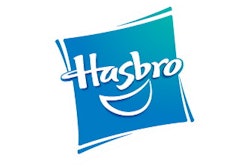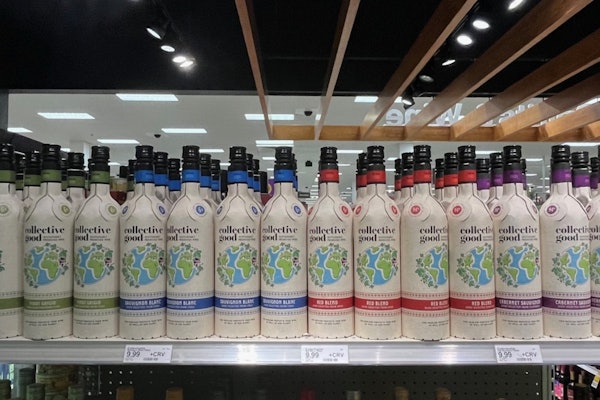
Packaging can be a brand-builder and a differentiator; in short, a source of competitive advantage. Such prowess does not change the fact that the demand for packaging is derived from the demand for the contained product. That makes packaging an expense and forever subject to cost-cutting. Standardizing on fewer types of packaging is a cost-cutting method, however, its self-suggesting nature can underplay its complexities.
Standardization can pay a variety of dividends. Starting with procurement, there are quantity discounts. Later, on the packaging line, there are fewer needs for equipment changes. Later still, throughout logistics channels, there are efficiencies and cost-savings in transportation, storage, handling, and traceability. There are trade-offs though, for example, increased inventory-carrying costs. Another is slack fill (shipping air). And never to be overlooked is sustainability—for example, when the packaging is oversized.
Standardization often is targeted at tertiary packaging (i.e. corrugated boxes). However, primary and secondary packaging also provide opportunities, the necessary recognition for decision-makers being that choices about one has ramifications for the others. Auxiliary components, too, can play a role, as in reducing the different types and sizes of closures and labeling. Standardization, therefore, is not merely a process of eliminating existing variety en route to less variety. To the contrary, it also should be proactive, and should be standard fare in design and redesign projects.
Convinced of the potential benefits, a company might make the mistake of diving head-first into standardization without asking how the different packaging types came to be. The different types might be due to a decision-making structure that’s too diffuse. After all, packaging is an interdisciplinary function, subject to the competing influences of other disciplines, such as marketing, production, and distribution. The centralization of intelligence-gathering along with the establishment of a hierarchy of decision-making authority isn’t easy to achieve. But not attempting it at all undermines standardization. The once-reduced number of packaging types will slowly increase, ultimately necessitating another round of standardizing.
Standardization lends itself to every category of products, whether consumer non-durables, industrial, institutional, or other. Despite that diversity, there are elements-of-approach adoptable by all. Leading the list is a determination of the degrees of difference among packaging sizes, for example, with corrugated shippers. The smaller the differences, the greater the opportunity to eliminate certain sizes or designate an intermediate size that accommodates multiple applications. On the other hand, the objective never should be to reduce packaging types to an arbitrarily chosen number. Such a practice is likely to result in incompatibilities that generate costs and inefficiencies.
Another opportunity presents itself when different types of packaging are used for the same product. Assume a product that’s packaged in accordance with the requirements of a big-box store, such as Costco or Sam’s Club. That’s a justifiable means of obtaining that distribution level. But further assume the same product is offered at conventional retail, in a variety of packages ranging from trial-size to economy-size. Under such a scenario, it’s reasonable to question the costs vs. benefits when, for example, a product is offered in a 4-oz. package and a 6-oz. package. The objective in such an instance is to maximize the shelf-facings for a given brand; nonetheless, even if the retailer indulges it, there might be more cost-saving ways for the brand-owner to achieve that same objective.
Yet another cost-cutting opportunity resides in the standardization of unit loads. That’s not to suggest that all unit loads, regardless of product differences, must have the same dimensions, an impractical requirement. Here, standardization takes the form of setting a height limit most compatible with the interior height of a trailer, for example (especially for loads that have to be stacked to best utilize cube). A similar pursuit would be the setting of the amount of allowable pallet overhang most compatible with material handling equipment and warehousing. It’s essential to take a systems approach, to assure that standardization achieves optimal cost-cutting for the entire logistics (supply chain) and not just individual components.
A discussion about packaging standardization and cost-cutting would not be complete without mention of the challenges posed by e-commerce. Parcel post delivery is part of an environment wherein packaged products are subjected to vibrations along sorting conveyors, shocks from being dropped down chutes, and impacts from manual loadings. Whether parcel post or not, the protection provided by packaging should reflect two considerations: 1) protection against reasonably foreseeable forces (such as the aforementioned vibrations, shocks, and impacts); and, 2) additional protection, as a safety measure.
The safety measure for e-commerce might need to be greater than that for brick-and-mortar supply chains. Having foregone the satisfaction of immediate possession, the consumer expects the product to arrive undamaged. Returning an e-commerce purchase is a vexation, one that can result in no repeat purchases. Given those stakes (and there are others), standardization and cost-cutting make for a challenging tandem.
Regarding e-commerce, in general, the variety of product offerings is massive, as are the variety of ways that they can be combined in an order. As a consequence, the fewer the number of standardized packaging types, the more probable that some orders will be shipped in packages that the consumer might regard as wastefully large.
As a concluding discussion, it’s not only the e-commerce retailer that has to grapple with standardization and cost-cutting. Brand-owners increasingly are venturing into that distribution channel. And if differences already aren’t great enough between channels, delivery by drones is predicted to become commonplace in e-commerce. It’s not too early to be thinking about standards and cost-cutting that will earn packaging its wings.
_________________________________________________________________________
Sterling Anthony, CPP, is a consultant specializing in packaging, marketing, logistics, and human-factors. His contact information: 100 Renaissance Center, Box-176, Detroit, MI 48243; telephone 313-531-1875; [email protected]; www.pkgconsultant.com

























